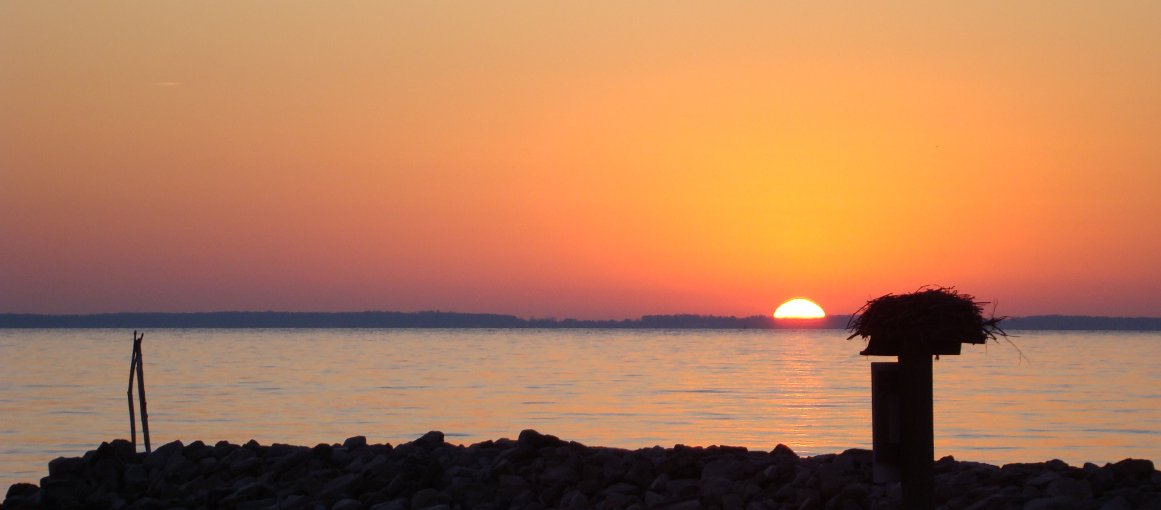Showing 29 results

Consultant

Katlyn Schmitt | December 10, 2020
Ever since the U.S. Environmental Protection Agency (EPA) issued a dangerous (and now-rescinded) policy relaxing enforcement of environmental protections in March, the Center for Progressive Reform has watchdogged responses from state environmental agencies in three states in the Chesapeake Bay Region — Maryland, Virginia, and Pennsylvania. While the EPA essentially gave companies a free pass to hide pollution violations during the pandemic, most states set up processes to handle COVID-19-related noncompliance. Environmental agencies in the three states we monitored received dozens of waiver requests related to water, land, and air quality protections, pollution controls, sampling and monitoring, inspections, and critical infrastructure deadlines. A majority of these requests were related to the pandemic. But others, such as those seeking to delay important deadlines for construction projects, were not. This suggests that some polluters are using COVID-19 as an excuse to subvert or delay deadlines that prevent further air or water pollution.

Katlyn Schmitt | October 22, 2020
Earlier this month, Congress overwhelmingly passed America's Conservation Enhancement Act (ACE). The legislation's dozen-plus conservation initiatives include reauthorizations for important programs that help protect the Chesapeake Bay and wetlands across the country.

Darya Minovi, Katlyn Schmitt | October 21, 2020
Dangerous nitrate pollution has contaminated the groundwater that supplies private drinking water wells and public water utilities in several agricultural regions across the United States, posing a significant threat to people's health. A new report from the Center for Progressive Reform (CPR) indicates that this problem has reached Maryland's Lower Eastern Shore, an area that's home to hundreds of concentrated animal feeding operations (CAFOs) and millions of chickens.

Katlyn Schmitt | September 3, 2020
In the absence of meaningful action by OSHA, more than a dozen states, including Virginia, have issued emergency safety measures to protect essential workers from the risks of COVID-19. But Maryland – home to one of the largest poultry industries in the nation – is glaringly absent from that list.

Darya Minovi, Katlyn Schmitt | August 5, 2020
In July, the Maryland Department of Environment (MDE) released the findings of a new ambient air quality monitoring project focused on the state’s Lower Eastern Shore. This effort was announced more than a year ago as a partnership between the Delmarva Poultry Industry (DPI), a trade group for just what it sounds like, and MDE to monitor ammonia and particulate matter emissions from industrial poultry operations.

Katlyn Schmitt | July 21, 2020
The Maryland Department of the Environment recently issued a general discharge permit that covers pollution from most livestock farms, including concentrated animal feeding operations, across the state through July 2025. Unfortunately, the permit, which went into effect on July 8th, will likely jeopardize the 2025 nitrogen reduction goals under the Chesapeake Bay Total Maximum Daily Load and does not align with Maryland’s Phase III Watershed Implementation Plan commitments.

Katlyn Schmitt | June 16, 2020
On June 9, the House Energy and Commerce Committee's Subcommittee on Environment and Climate Change held a remote hearing, “Pollution and Pandemics: COVID-19’s Disproportionate Impact on Environmental Justice Communities.” The Center for Progressive Reform, joined by Fair Farms, Sentinels of Eastern Shore Health (SESH), and the Sussex Health and Environmental Network submitted a fact sheet to subcommittee members outlining the impacts of COVID-19 on the Delmarva Peninsula, along with a number of recommendations for building a more sustainable model for the region. The area is home to a massive poultry industry, hit hard by the coronavirus pandemic. We addressed several of the most severe problems in our fact sheet.

Katlyn Schmitt, William Andreen | June 11, 2020
We are five years out from the final 2025 deadline for the Chesapeake Bay cleanup agreement, known as the Bay Total Maximum Daily Load (TMDL). With the approval of the U.S. Environmental Protection Agency (EPA), each of the Bay states has finalized the three required phases of their Watershed Implementation Plans (WIPs). This month, those states have released their draft 2020-2021 milestones, which, when final, will set out the key short-term goals states will work toward, stepping up their restoration work so that they can stay on track to meet their final 2025 pollution reduction goals.

Katlyn Schmitt | June 2, 2020
In April, the U.S. Supreme Court finally weighed in with an answer to a longstanding question about what kinds of pollution discharges rise to the level of a "point source" and require a permit under the Clean Water Act. The Court dipped its toes into some muddied waters, as this question has been the subject of a range of decisions in the lower courts for decades, with little consensus. Panelists on the Center for Progressive Reform's May 28 clean water webinar examined the Supreme Court's opinion and its possible implications for water quality protections.